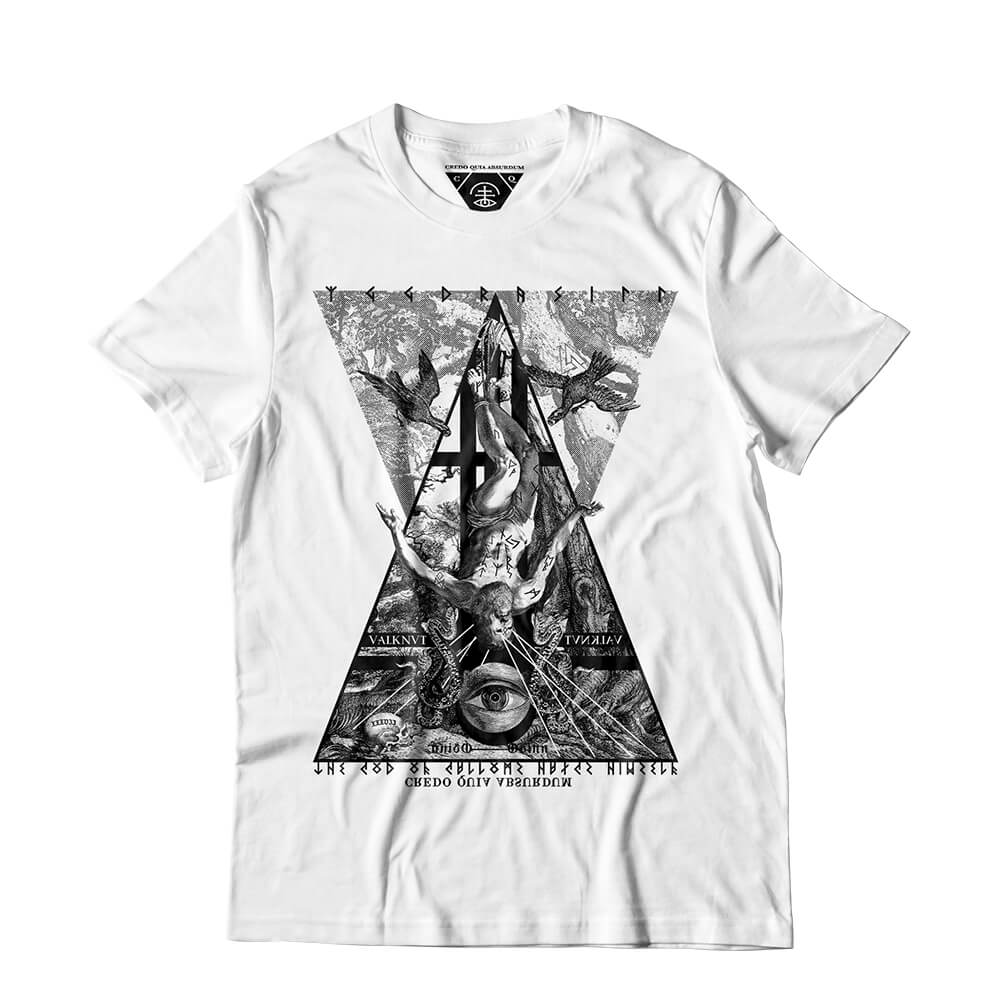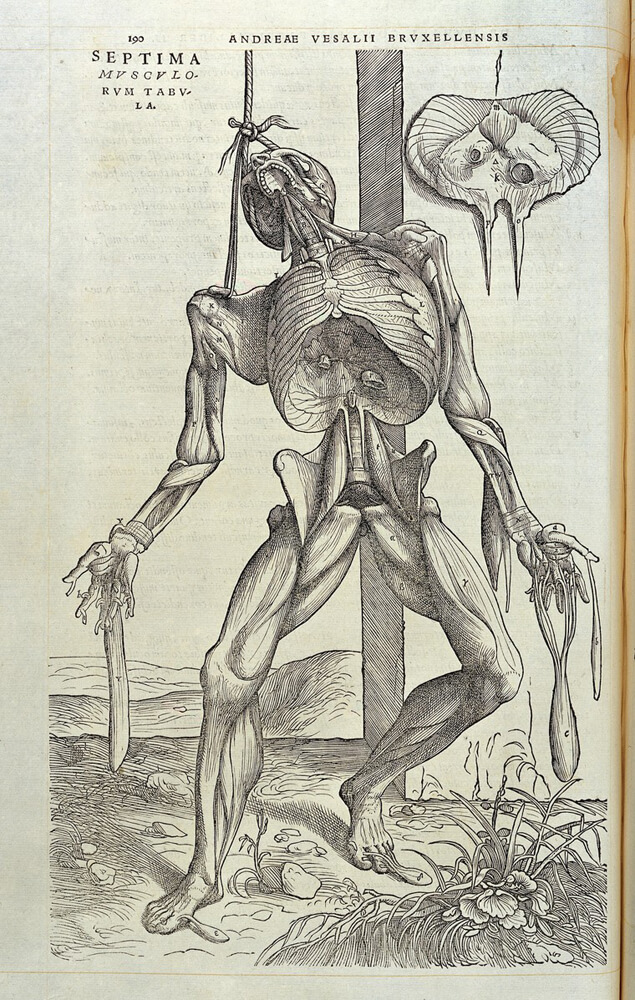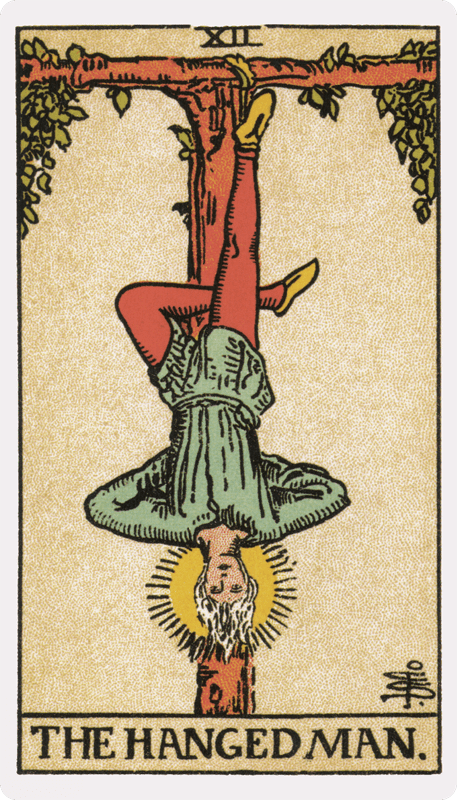Our inspiring trips trough Germany drove us into the wonders of the Norse mythology. It was entirely new to us – we both heard about Thor or Odin, but only after a few stories we could understand why people are so attracted to it. We owe it to Neil Gaiman’s “Norse Mythology” and his outstanding way to tell stories. He encouraged us to search for more stories and we didn’t regret it – We are converted.
From the wide number of myths we found one that is specially intense and fits our style – Odin and the knowledge of the Runes. – A short study forwarded us to the epic poem Hávamál where we could read the original description of the myth.
Óðinn had more than 200 names such as Odin, Wodan, Wednesday, etc. He was the father of gods and a prominent figure in Northern Europe folklore and we can see him associated to wisdom, death, the gallows, war, sorcery or even poetry.
In order to acquire the knowledge and true understanding of the Runes, Odin gave himself to sacrifice by hanging (wounded) in the tree of the World (Yggdrasill) for nine days and nine nights.
The sacrifice is symbolic and represents self-understanding and a deeper journey into the darkest pit of ourselves. “Sacrifice is the only noble act. As gods, it’s our sustenance and currency.” – Mr. Wednesday (American Gods)


Our version shows an old wise man hanging upside-down, observing the world from a completely different perspective. He reminds us that sometimes we need to put everything on hold before we decide to act.
“The Norse Allfather reflects the innate human desire to transcend the herd of societal life with all of its requirements and integrate the experience and wisdom of the individual journey through life.” – The Road to Yggdrasil: Odin’s Path of Self-Discovery.
The two Ravens at the upper side are Hugin (thought) and Munin (memory), they fly over the Earth and report the events to Odin. In this design the represent the outside world and they are not connected to the god, flying outside the main introspective triangle.
It is possible to relate this myth to the tarot card of the Hanged Man, they both self-sacrifice themselves for a greater good. Both advise us to release the old mental models and behavioural patterns that no longer serve us and embrace new opportunities that were hidden from us.


 No products in the cart.
No products in the cart. 